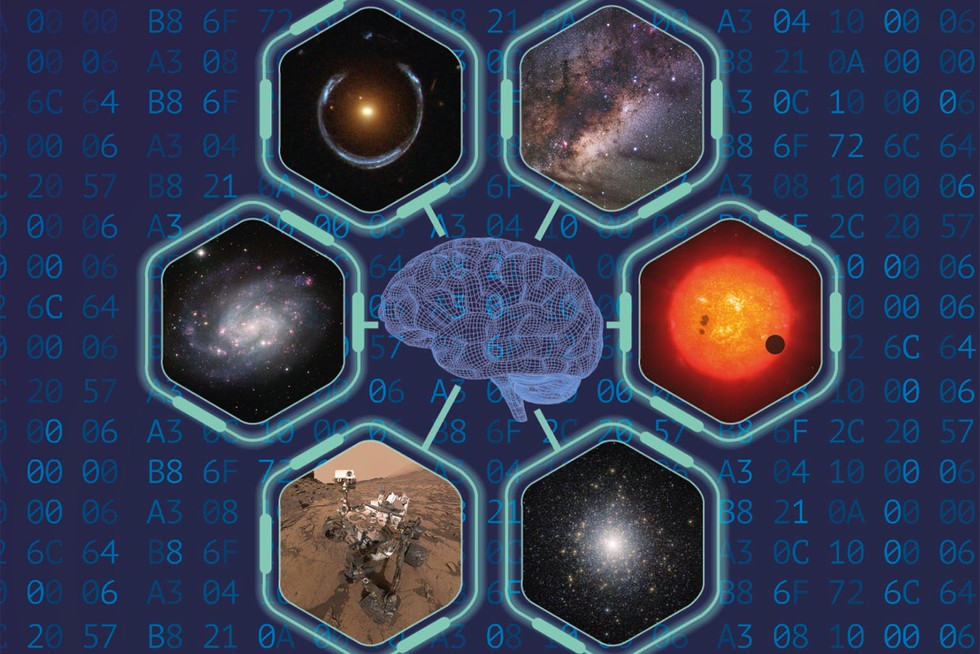Astronomers have developed a system for recognizing space objects based on machine learning. It will analyze the data collected by the spacecraft and determine the location of the object in the Universe.

Artificial intelligence for space object recognition
Scientists from the Portuguese Institute of Astrophysics and Space Sciences have created an algorithm for recognizing space objects. The system called SHEEP is based on machine learning technology, which has already been used to search for extraterrestrial civilizations.
Like all similar algorithms, SHEEP works on the principle of a sieve. First, it was “taught” on a certain sample of objects that a certain set of characteristics corresponds to a certain type of objects. Approximately the same way the face recognition program works. And then all the necessary amount of data is run through the system, and it sorts objects by categories.
SHEEP will work with photometric data and spectra of objects collected in such large catalogs as the Sloan Digital Sky Survey. In the future, this technology is proposed to be applied to data from the Dark Energy Spectroscopic Instrument (DESI), the Euclid Space Telescope (ESA) and the James Webb Space Telescope.
How to distinguish a galaxy from a star
The problem of image recognition in modern astronomy is very relevant. The fact is that modern instruments allow to see millions and billions of objects in the sky. But it is not known about any of them, whether it is a star, a quasar, a galaxy or a planet. All that is known about them is the intensity of radiation at a certain frequency and spectroscopy data.
But for SHEEP, this will be enough. Artificial intelligence will analyze the red shift in the lines of the spectrum and, based on this data, will determine the distance to the object. At the same time, it will place it on its inner map of the Universe. You can read more about this in an article published in Astronomy & Astrophysics.
And knowing the distance to the object and its radiation characteristics, it is easy to determine what type it belongs to. Thus, it is possible to classify millions of objects in a short time. Previously, this had to be done manually, which slowed down the work very much.
According to phys.org
Follow us on Twitter to get the most interesting space news in time
https://twitter.com/ust_magazine

